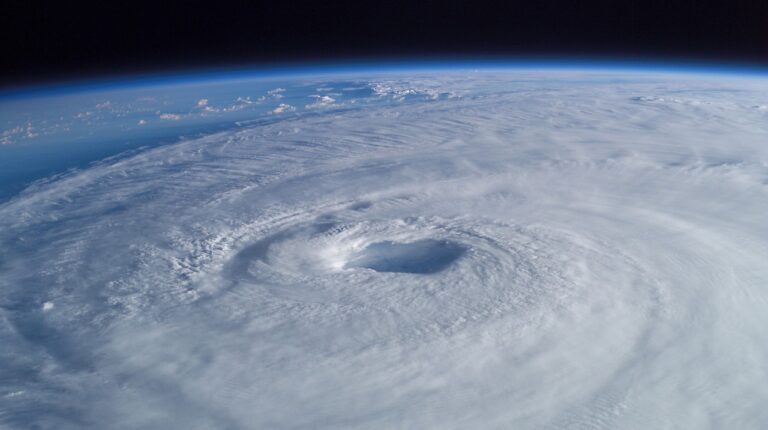Research from scientists at UC San Diego’s Scripps Institution of Oceanography has found that tropical cyclones cause ocean turbulence that extends deeper than previously thought, causing mixing that transfers heat from the surface to waters nearly 300m (1,000ft) down.
The researchers suggest that the ocean warming caused by tropical cyclones goes deep enough to persist for months or years and travels far from its point of origin, potentially altering the broader patterns of ocean circulation that partly regulate Earth’s climate.
The study draws its conclusions from direct measurements of ocean turbulence and temperature before and after tropical cyclones. During 60 days on board a research vessel in the Western Pacific Ocean near the Philippines, scientists observed that the turbulence caused by tropical cyclones persisted for at least three weeks and reverberated down to at least 300m.
Noel Gutiérrez Brizuela, lead author and a physical oceanography PhD candidate at Scripps, said, “People usually think of the background climate as what sets the factors that allow for cyclones to exist. These results complicate that picture. Climate does determine the likelihood of cyclones but cyclones also seem to play a role shaping the background climate.
“We saw large heat fluxes all the way to 270m (885ft), and we didn’t see a real end to the heat transfer. As deep as our measurements went and as long as we measured there was active heat transfer.
“Our results show that tropical cyclones are transferring enough heat, deep enough in the ocean to suggest that these storms are important players in shaping the conditions of the Pacific Ocean as we know it. The temperature structure of the tropical Pacific is a big driver of global climate. Without cyclones, the ocean would look different and so would the global climate.”
To view the complete study published in the Proceedings of the National Academy of Sciences, click here.



